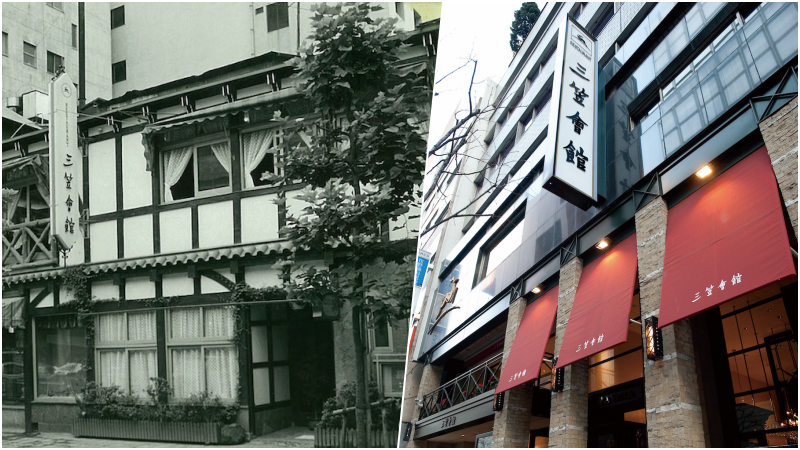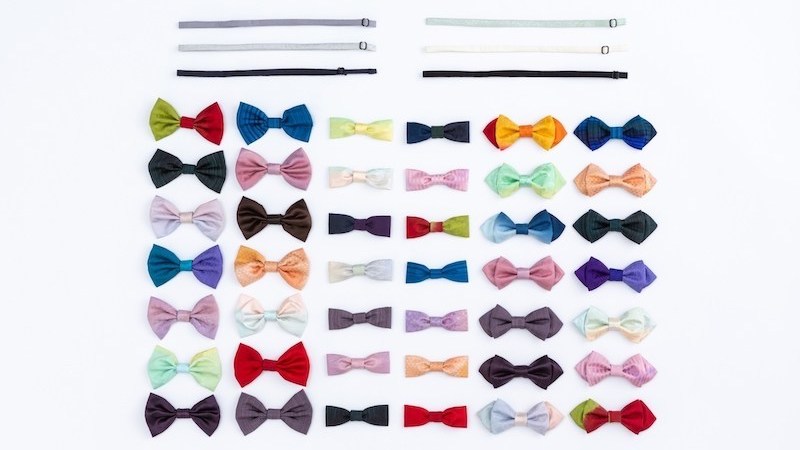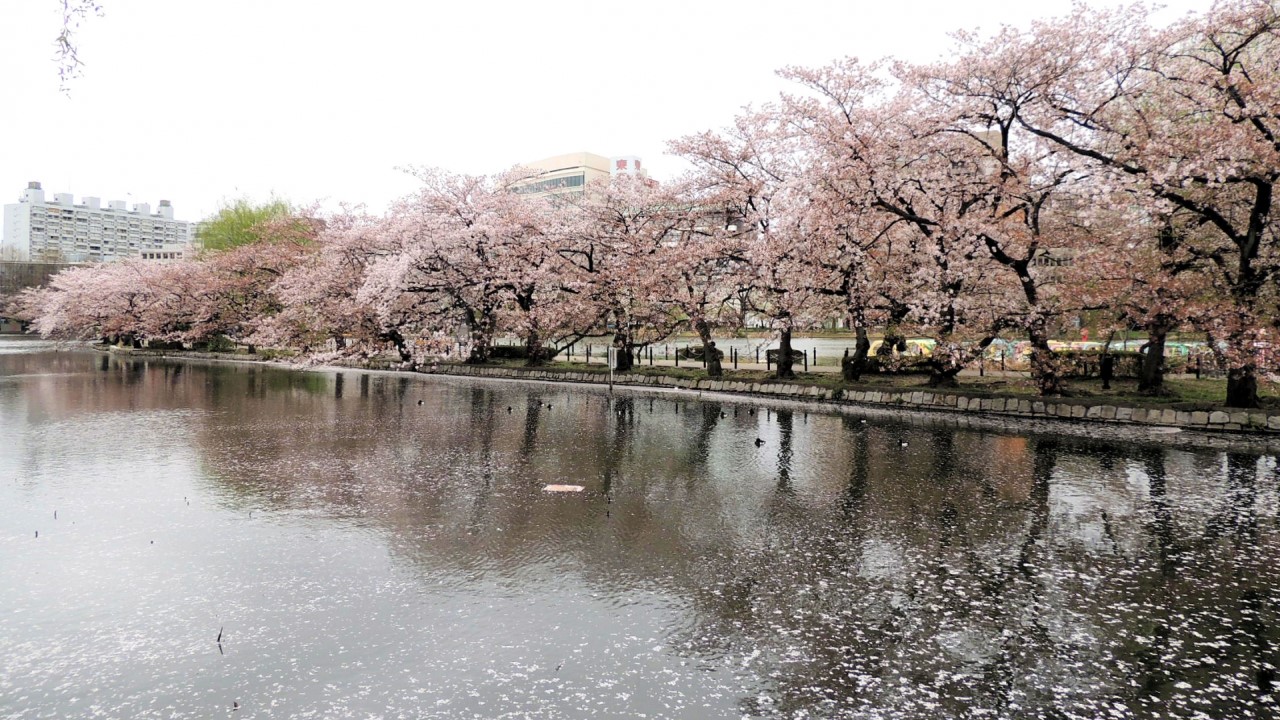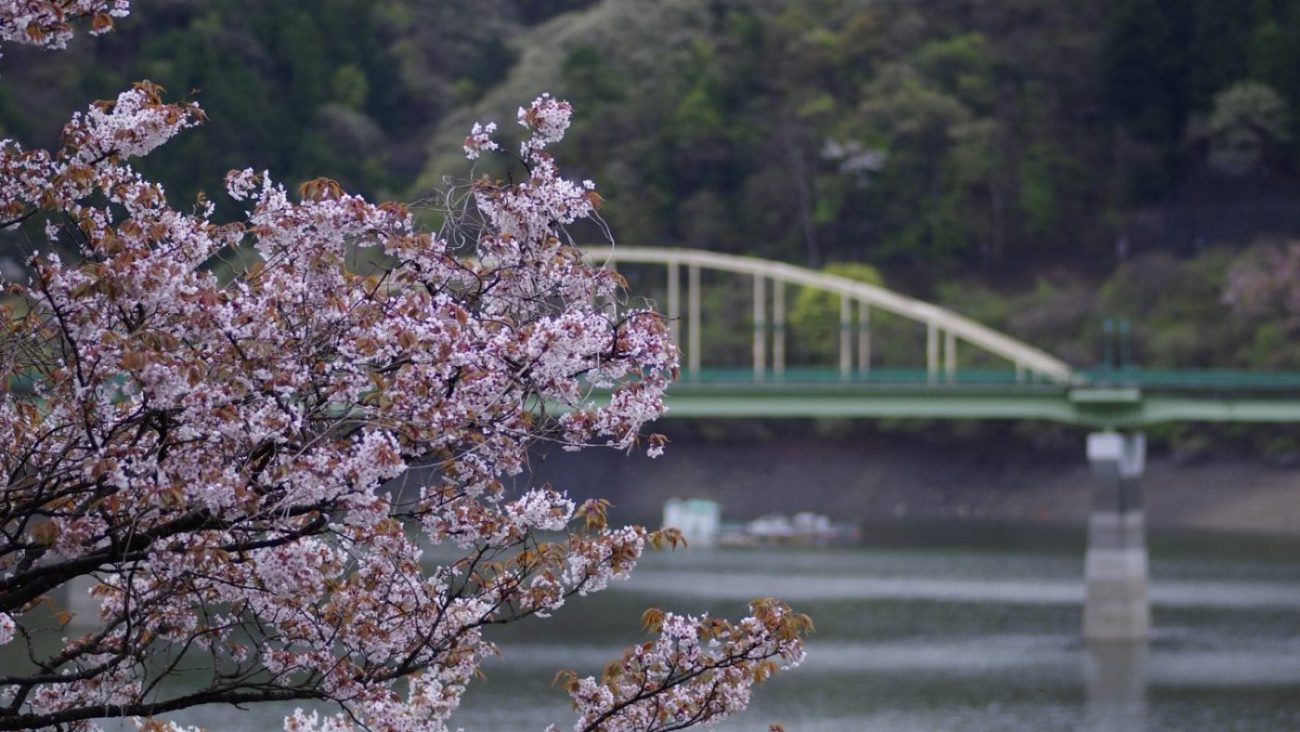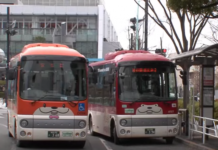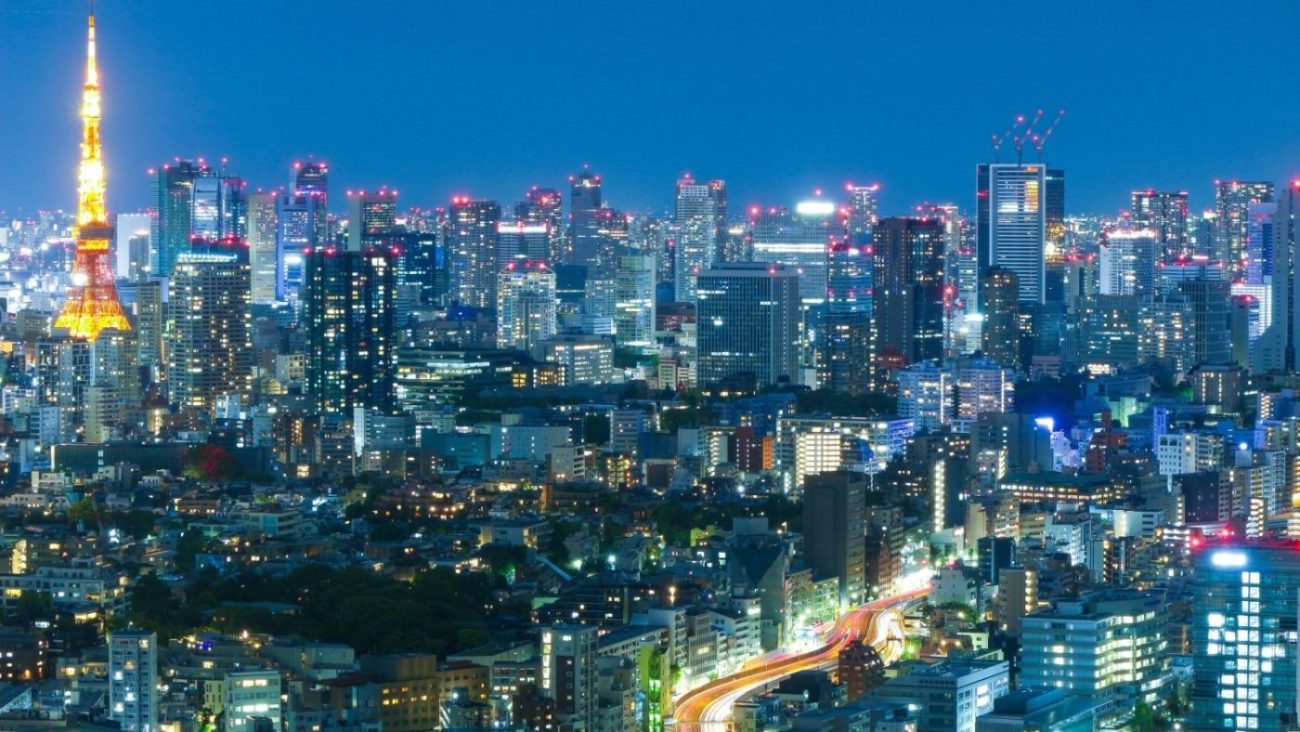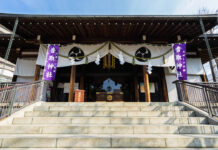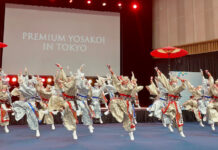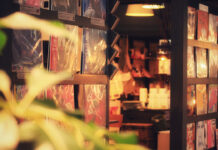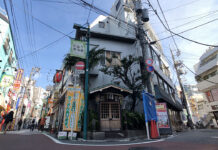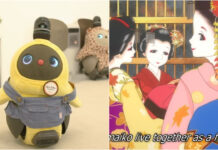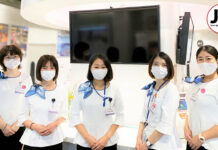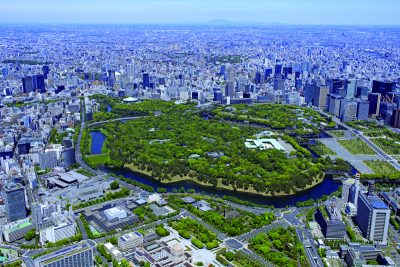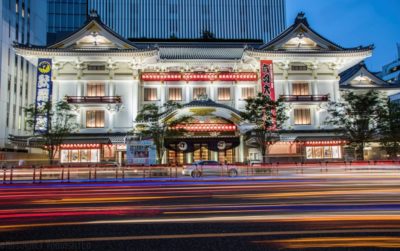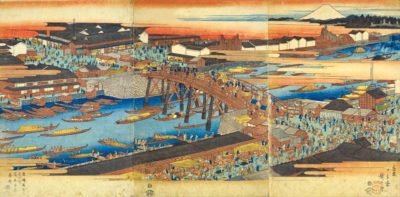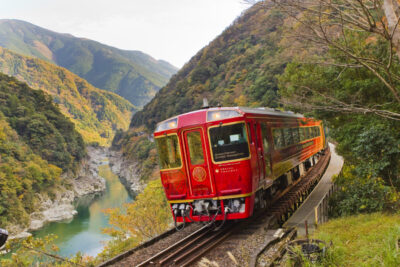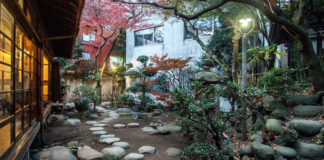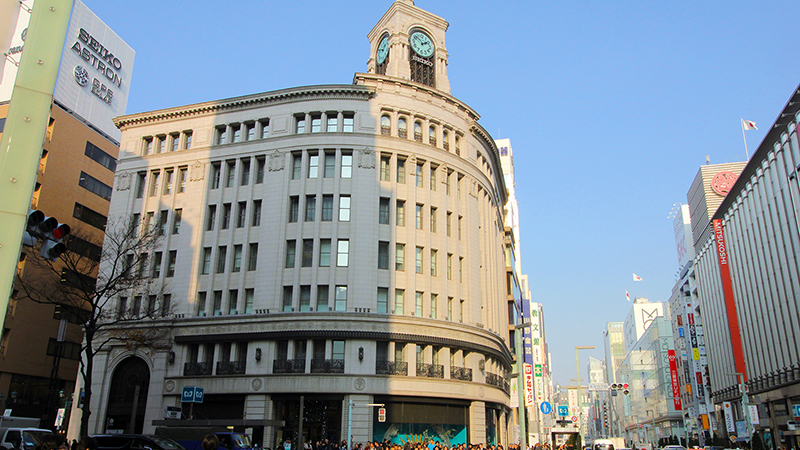
The Japanese New Year is comparable to Christmas in the West. It’s a time when families get together, everyone is in a better mood, and the country becomes just a little bit more festive. It’s probably one of the best times ever to visit Japan. But where exactly in Japan can you enjoy the best start to the new year? There are many possible answers to that question, but among them, Ginza probably tops the list.
The traditional event at the beginning of the year, "Hatsu-uri"in Ginza
Known all over the world as Tokyo’s upscale shopping and entertainment district, Ginza is, in reality, so much more than its glamorous image. Of course, its affluence is very much a part of Ginza’s identity, what with the prices there being so high. Not just for things like clothing or coffee – it wouldn’t be difficult to find a Ginza cafe charging up to 2,000 JPY for a cup of joe – but also land. In its heyday, one square meter of any Ginza property was worth tens of millions of yen. However, if you’re just looking for a fun place in Japan to kick off the new year and are not a millionaire, Ginza still has a lot to offer you, from the material to the spiritual.
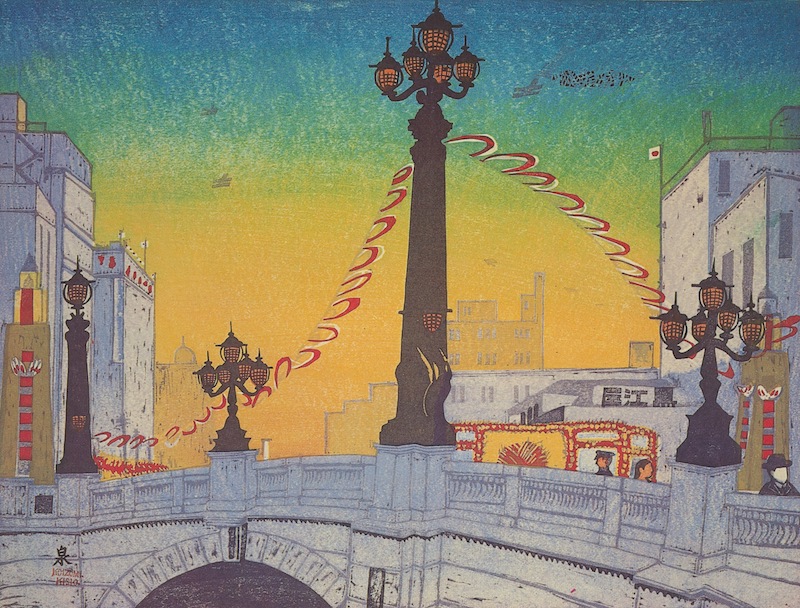
Both are actually embodied, in a way, by a Ginza staple: hatsu-uri. While not a Ginza-exclusive event, the district has become nearly synonymous with it. Around January 2 or 3, you will see lines of people in front of Ginza department stores or clothing shops, waiting for businesses’ hatsu-uri (the first bargain sale of the year) when they sell fukubukuro. A fukubukuro, or “Lucky Bag,” is filled with a particular store’s brand goods, sold at significantly lower prices than if you were to purchase all the items inside individually. In most cases, you don’t know what’s inside a Lucky Bag, which is very much part of the fun, although a few shops will give you some indication as to what items you’re purchasing. Some stores tend to sell out of their fukubukuro in minutes, and a lot of those places are found in Ginza, which boasts a large number of upmarket businesses eager to start the new year with a huge bargain. This is something that Ginza has been doing for hundreds of years.
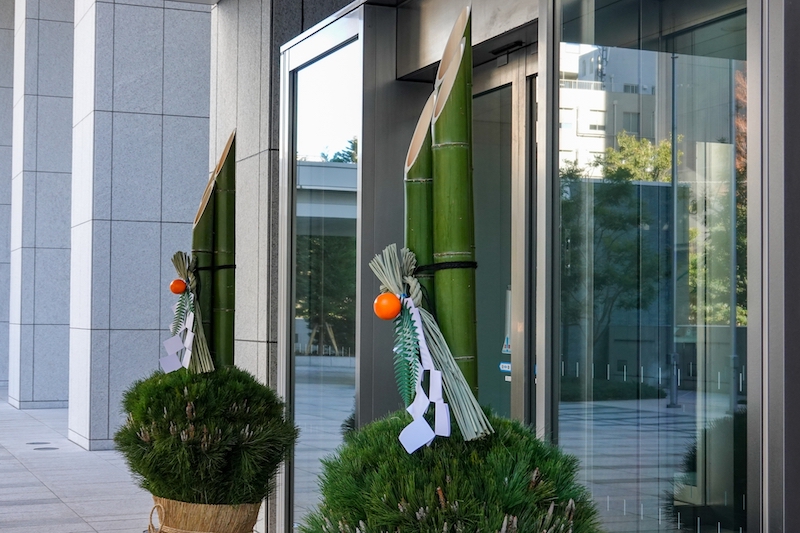
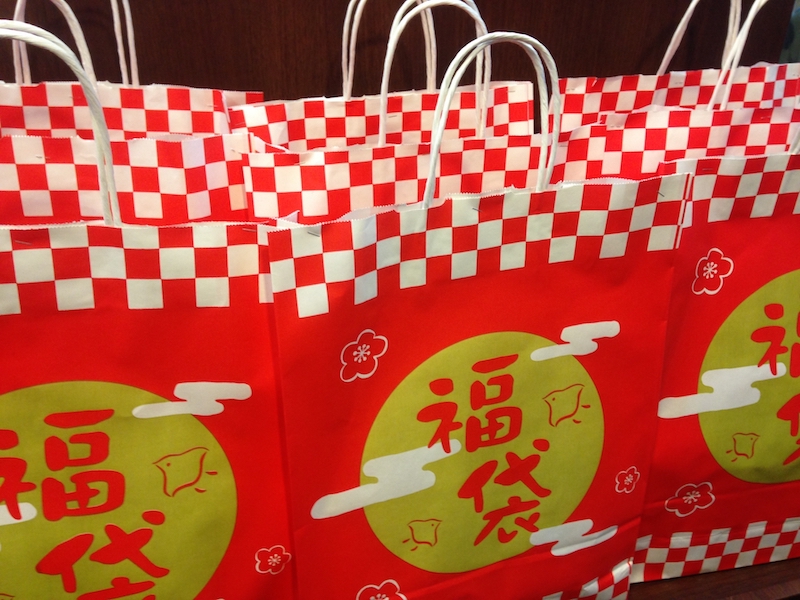
The tradition of hatsu-uri goes back to the Edo period (1603 – 1868) when, on the second day of the year, markets would give away premium goods as gifts to their loyal customers, to celebrate their first sales. This didn’t happen just in Ginza, but it is an important part of its history, which just further proves that the area has always had a connection with commerce.
Visit “Seven Lucky Gods” in Ginza and discover its unique charms
Between 1612 and 1800, Ginza was actually the site of a silver coin mint, from which it got the name gin (silver) and za (mint, place). But after centuries, an 1872 fire destroyed most of the district, after which Ginza was rebuilt in a heavily-Western style using brick buildings. This not only made it a symbol of Japan’s modernization (which back then was synonymous with the West) but also served as protection from more fires. Soon the area attracted “trendy” businesses of the time, like newspapers and magazines, which helped Ginza grow into the oasis of modernity and luxury that we know today. And while that is admirable, it does slightly obscure Ginza’s long, fascinating history and its spiritual elements.
But the connection is still there if you look closely. Take fukubukuro, for example. It seems like a modern invention of capitalism that has little to do with faith and spirituality, but the concept of fuku (luck) is actually a big part of Japanese religion, which was probably more pronounced back when the Lucky Bags were called Ebisubukuro (Ebisu bags). Who is Ebisu? He’s one of the Shichifukujin, the “Seven Lucky Gods,” who’ve long had a strong connection with Ginza. They include:
Benzaiten: the goddess of knowledge and beauty.
Bishamonten: the god of war and protection.
Daikokuten: the god of agriculture.
Ebisu: the god of prosperity and fishing.
Fukurokuju: the god of prosperity and virtue.
Hotei: the god of peace and love.
Jurojin: the god of longevity and good health.
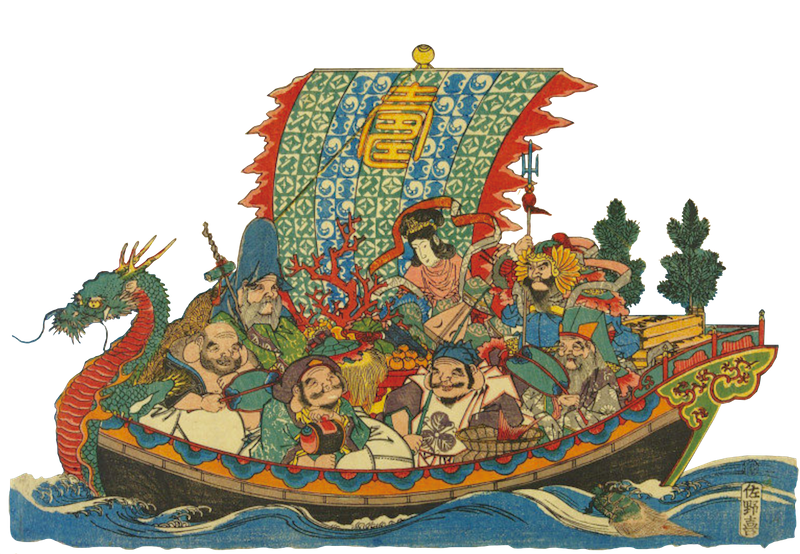
As the district grew and modernized, most of its temples and shrines dedicated to Shichifukujin sadly disappeared. A few remain, though, and today many people still like to go on “Ginza Shichifukujin Meguri” pilgrimages hitting all the places where the Seven Lucky Gods are enshrined. That’s what makes Ginza so amazing. It offers you a look at the entirety of Japan, a country full of riches and material goods but also a place that cherishes tradition and spirituality, which are all found in this one Tokyo district. Visit Ginza during the new year and discover its unique charms for yourself.
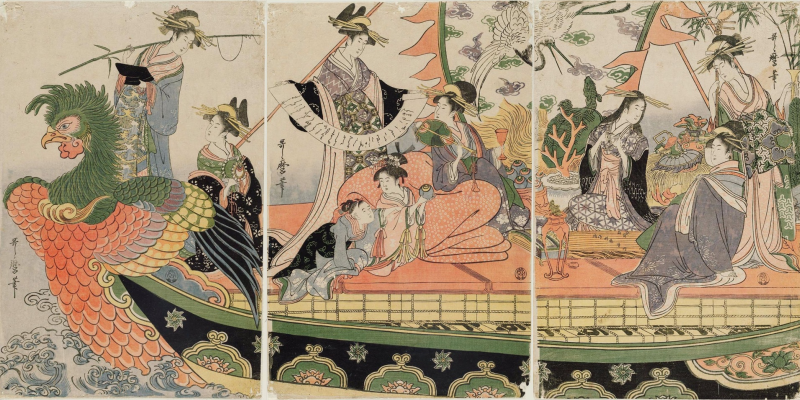
- Learn more about Ginza: Old Meets New
 0
0

